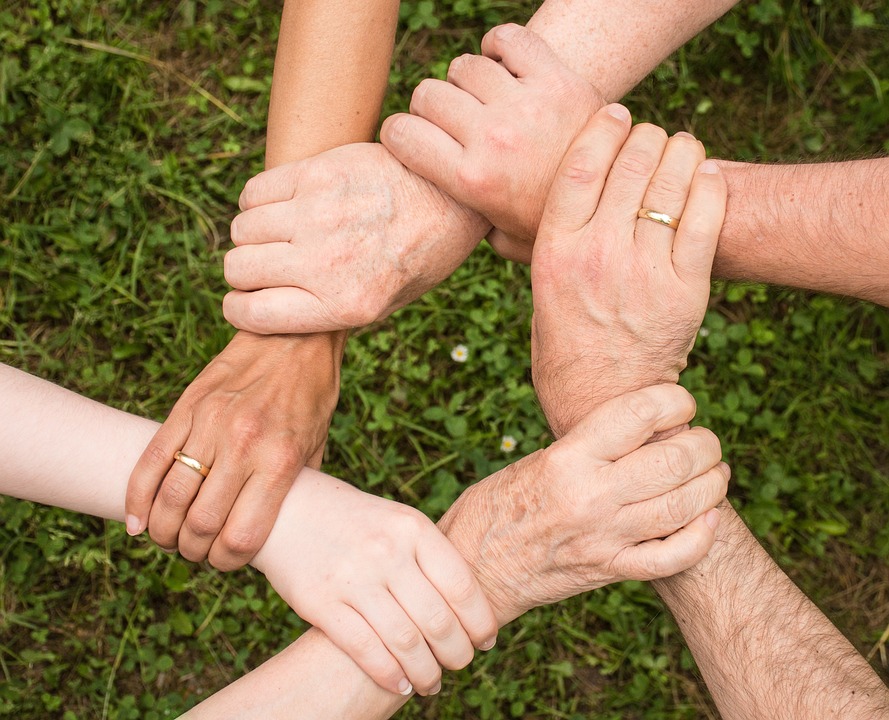Community Heritage Conservation: A Guide to Preserving What Makes Us Unique
In today’s rapidly changing world, it has become increasingly important for communities to preserve their heritage and culture. Community heritage conservation involves the protection and promotion of traditional customs, cultural practices, historical landmarks, and other significant aspects of a community’s identity. This guide will explore the importance of community heritage conservation and provide practical tips for preserving what makes us unique.
The Importance of Community Heritage Conservation
Preserving community heritage is essential for maintaining a sense of identity and belonging. Heritage sites, traditions, and artifacts serve as a link to the past and help tell the story of a community’s history. By conserving their heritage, communities can create a sense of pride and connection among residents, fostering a stronger sense of unity and cohesion.
Furthermore, community heritage conservation can have economic benefits. Heritage tourism is a growing industry, and communities with well-preserved heritage sites can attract visitors and boost local economies. By investing in heritage conservation, communities can create jobs, generate revenue, and support small businesses.
In addition to cultural and economic benefits, community heritage conservation also plays a role in environmental sustainability. Preserving historic buildings and landmarks can reduce the need for new construction and help mitigate urban sprawl. By repurposing and adapting existing structures, communities can reduce their environmental footprint and contribute to a more sustainable future.
Practical Tips for Preserving Community Heritage
There are several strategies communities can use to preserve their heritage and promote cultural conservation:
1. Identify and document heritage sites: Start by identifying important heritage sites in the community, such as historic buildings, landmarks, and cultural artifacts. Create a detailed inventory of these sites, documenting their history, significance, and current condition.
2. Establish heritage conservation policies: Develop policies and guidelines for the conservation and protection of heritage sites. Establish zoning regulations, preservation incentives, and other tools to ensure that heritage sites are properly maintained and protected from development.
3. Engage the community: Get residents involved in heritage conservation efforts by organizing workshops, tours, and cultural events. Encourage community members to share their knowledge and stories about local history and traditions.
4. Collaborate with stakeholders: Work with local governments, heritage organizations, and other stakeholders to coordinate conservation efforts and leverage resources. Collaborate on funding opportunities, preservation projects, and advocacy campaigns.
5. Promote heritage tourism: Develop tourism programs and events that highlight the community’s heritage and culture. Advertise heritage sites, host cultural festivals, and offer guided tours to attract visitors and raise awareness about the importance of heritage conservation.
6. Preserve traditional crafts and skills: Support local artisans and craftsmen who practice traditional techniques and skills. Provide training programs, apprenticeships, and opportunities for artisans to showcase their work and pass down their knowledge to future generations.
7. Adapt heritage sites for modern use: Find innovative ways to repurpose historic buildings and landmarks for contemporary needs. Consider transforming a historic factory into a creative hub, converting an old church into a community center, or repurposing a heritage site for eco-friendly purposes.
Conclusion
Community heritage conservation is vital for preserving what makes each community unique and special. By protecting historic landmarks, cultural traditions, and other aspects of heritage, communities can create a sense of identity, promote economic development, and contribute to environmental sustainability.
By following the practical tips outlined in this guide, communities can effectively preserve their heritage and ensure that future generations can enjoy and appreciate their cultural legacy. By working together to protect and promote our shared heritage, we can build stronger, more resilient communities that celebrate their history and culture.
